
How to Store and Harvest Pumpkins
Pumpkins are a popular and uncomplicated crop for the hobby garden. If stored correctly, they provide us with pleasure right into the cold season. Find out how to harvest pumpkins and store them correctly in this article.
This Article Contains:
Quick Overview
How Are Pumpkins Harvested?
- Harvest time: from August at the earliest, usually between September and October
- A ripe pumpkin has a woody, brown-colored stem and sounds hollow when tapped against it
- Harvesting: cut off the top of the stem with a sharp knife to prevent infection
How to Store a Pumpkin:
- Allow fresh pumpkins to dry for 2 - 3 days in a warm, dry place
- Store in a cool, well-ventilated room at 10 - 15 °C/50 - 59 ° F
- for better air circulation, store pumpkins hanging above the ground in nets or boxes
- Alternatively: freezing, compote, preserving
- Shelf life: Depending on the variety, 3 to 6 months (winter pumpkins)
Harvesting Pumpkins: What You Need to Know
Summer squashes and the first zucchinis can be harvested 4 to 6 weeks after planting or 6 to 8 weeks after direct sowing. The first individual fruits of these plants should not be allowed to grow too large. Otherwise, you run the risk of your plant running out of energy to form new flowers into fruit. Winter pumpkins, such as the spaghetti squash, should be harvested before the first night frost. Even light frosts will severely damage the tropical plant and the foliage will die.
Harvest Time: When Are Pumpkins Ready to Harvest?
Pumpkins are in season in the fall and are used in a variety of ways. Depending on the variety, pumpkins are ready to harvest from mid-August at the earliest. However, most varieties are only harvested between September and October. The right time for harvesting depends on the pumpkin variety and its use. However, all pumpkins are generally harvested before the first frosts.

Want to Know More About Pumpkins?
In our library you will find information on the individual varieties with cultivation periods, tips on planting and harvesting. You will also find good and bad neighbors to help you plan a mixed crop.
Discover Library Now
How to Recognize a Ripe Pumpkin
You can recognize a ripe pumpkin by its variety-specific colouring and the woody, brown-discoloured stem. At the end of the season, the leaves of the pumpkin plant die off and the stem becomes woody. You can also tap it with your fist. When it is ripe, it usually has a hollow sound. Once the pumpkins have reached their final size, place them on a dry surface, e.g. a stone, and leave them to ripen on the plant. To harvest it, cut off the top of the stem with a sharp knife. It is important that the stem remains attached to the fruit so that no bacteria or other pathogens get into the fruit. This applies to all damaged areas on the pumpkin, which is why you should handle the pumpkins very carefully during and after harvesting. Otherwise you risk rot.
How Should Pumpkins Be Stored?
The fresh pumpkins are first stored dry and warm in a room or greenhouse until the skin has hardened and can no longer be damaged with a fingernail. Once the skin is hard, the pumpkin berries must be stored in a cool, well-ventilated storage room at 10 - 15 ° C/50 - 59 ° F. For long-term storage, the skin must not have any scratches or dents and the stem base should also be undamaged. It is best to hang them in nets or boxes above the ground to ensure good air circulation. Depending on the variety, they can be stored for around three to six months (some varieties even longer). Another alternative is freezing. This method is also suitable for summer squashes and you can enjoy your harvest for a very long time. The fruit is cut into small pieces, blanched for two minutes and then frozen. To use the pumpkins again later, steam them unthawed. As the pumpkin harvest is often plentiful, you can also pickle pumpkins or process them into compote.
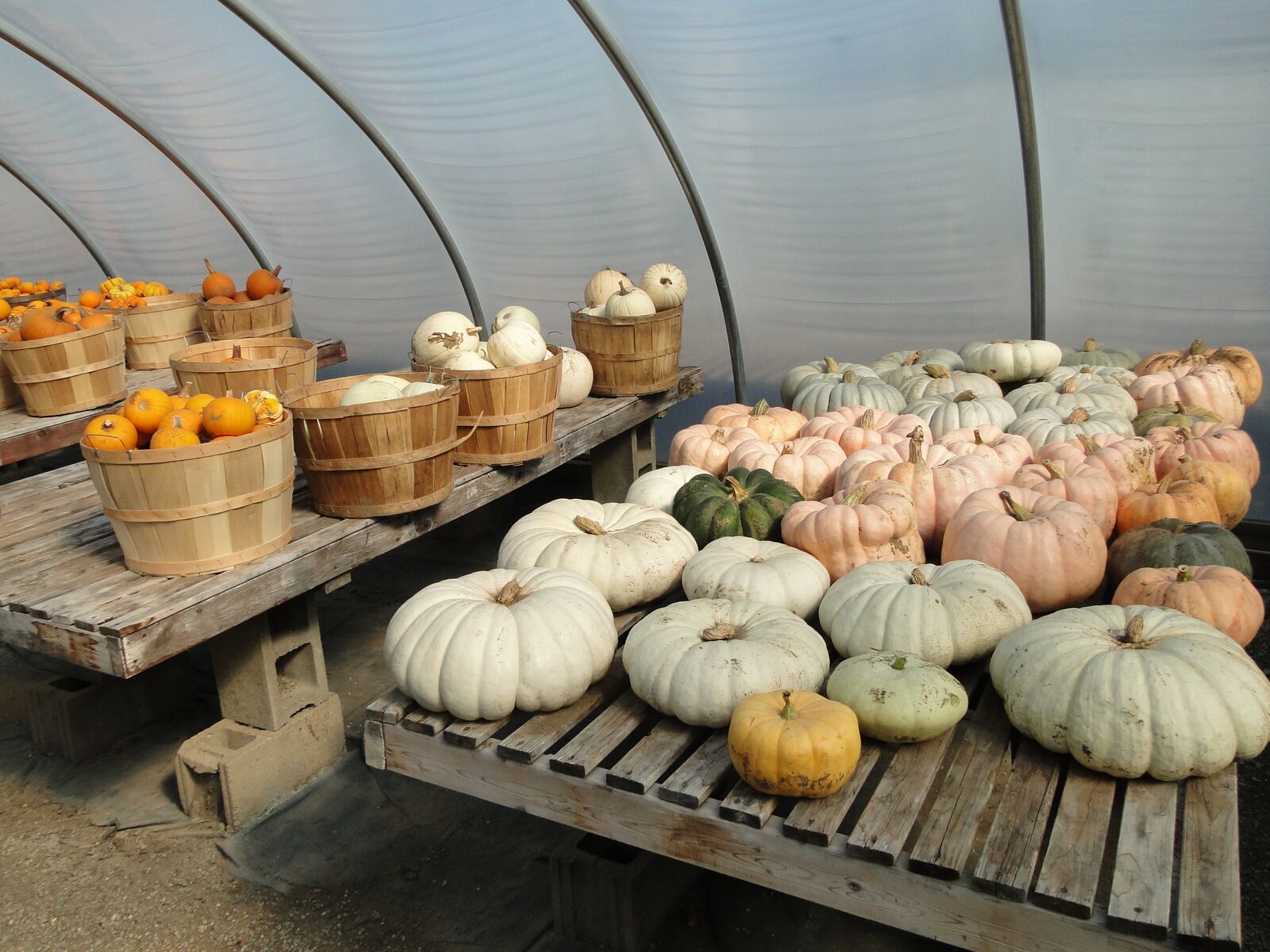
We wish you every success and a rich pumpkin harvest! If you have any questions or comments, please write to us at [email protected].
Would you like to receive helpful gardening tips all year round and plan your own beds optimally? Then register here or download the Fryd app for Android or iOS.

Marie
Marie is an agronomist. She is particularly interested in the sustainable and organic cultivation of vegetables and other plants. In her own garden, she gained experience and likes to try things out to learn from nature. She is particularly interested in the values and principles of permaculture, in order to contribute not only to the well-being of nature, but also to the well-being of people and future generations.
Learn MoreCurrent Topics in the Community
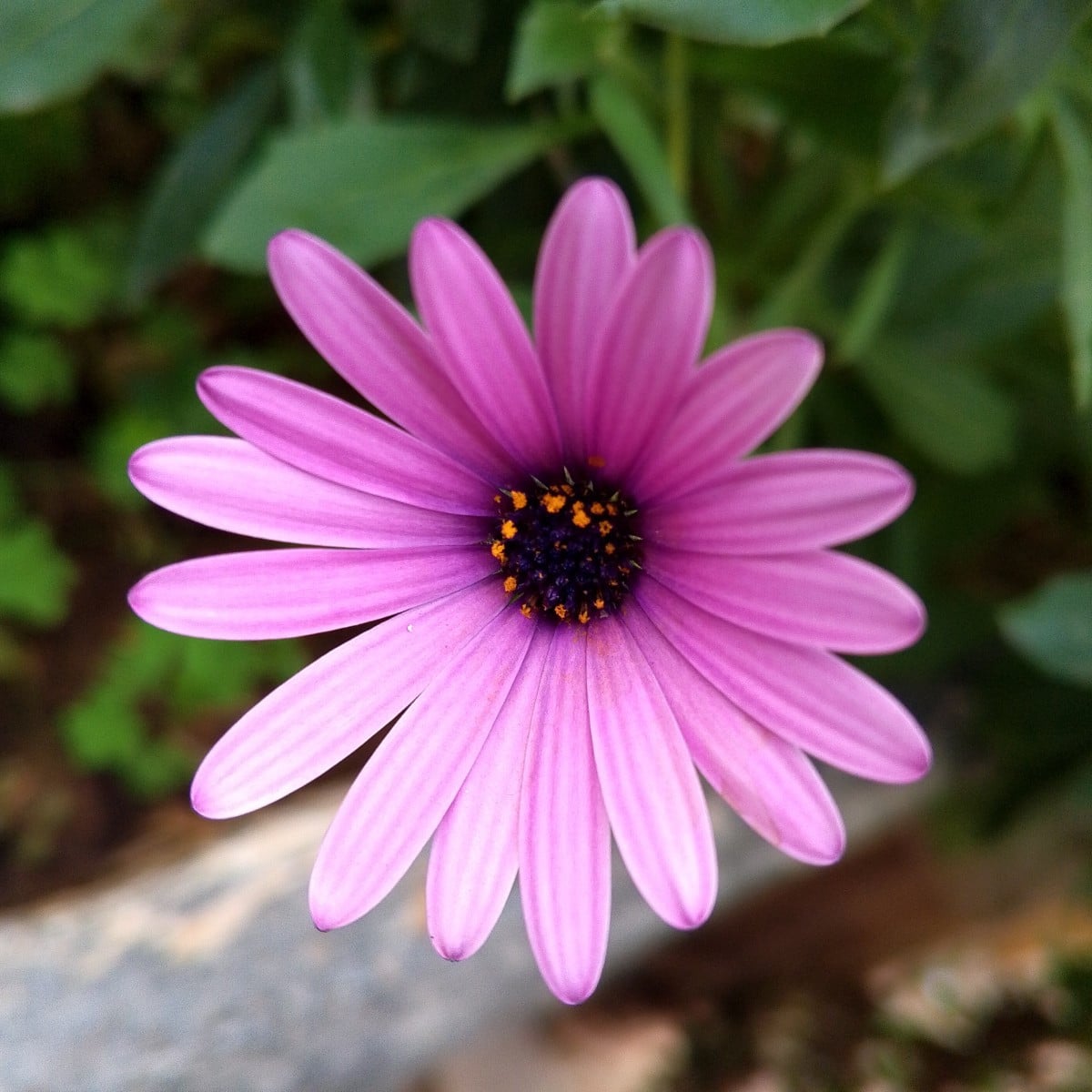
Liked 6 times
I found this in the street 🌼🌺 i dont know its name
Show 1 answer
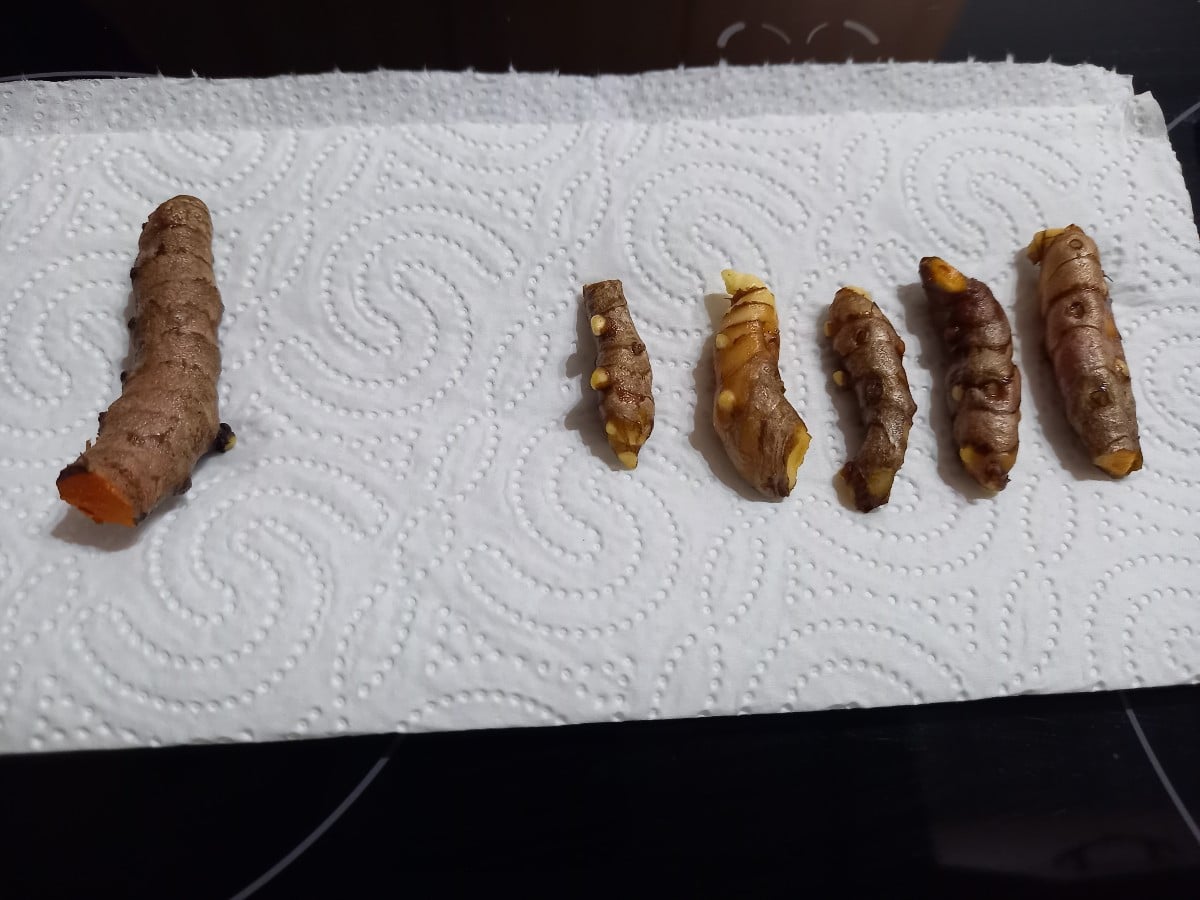
Liked 5 times
Hello folks, Today, after almost a year, I took my turmeric plant out of the flower pot that was on our windowsill. I think it's not bad for a 14x14 pot without any special care. On the left is the mother rhizome, which is also edible.
Show 2 answers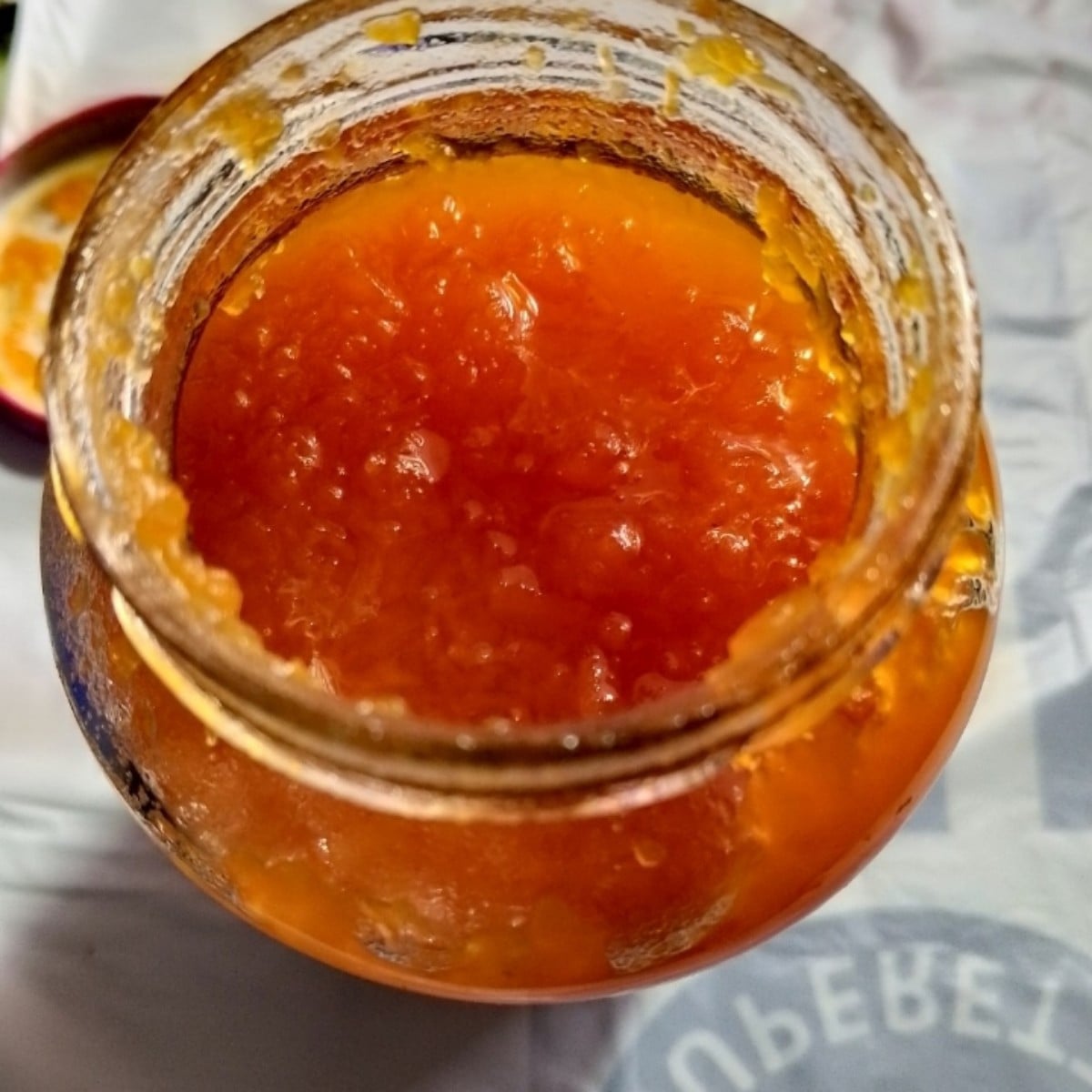
Liked 13 times
Pumpkin jam Cinnamon sticks are added for flavor. It tastes great, do you make pumpkin jam in Europe?
Show 10 answersPopular Articles

Overwintering Parsley: How to Do It Successfully

How to Grow Lettuce in Winter: Varieties, Sowing, Harvesting

Growing Sage Plant: Tips for Sowing and Harvesting
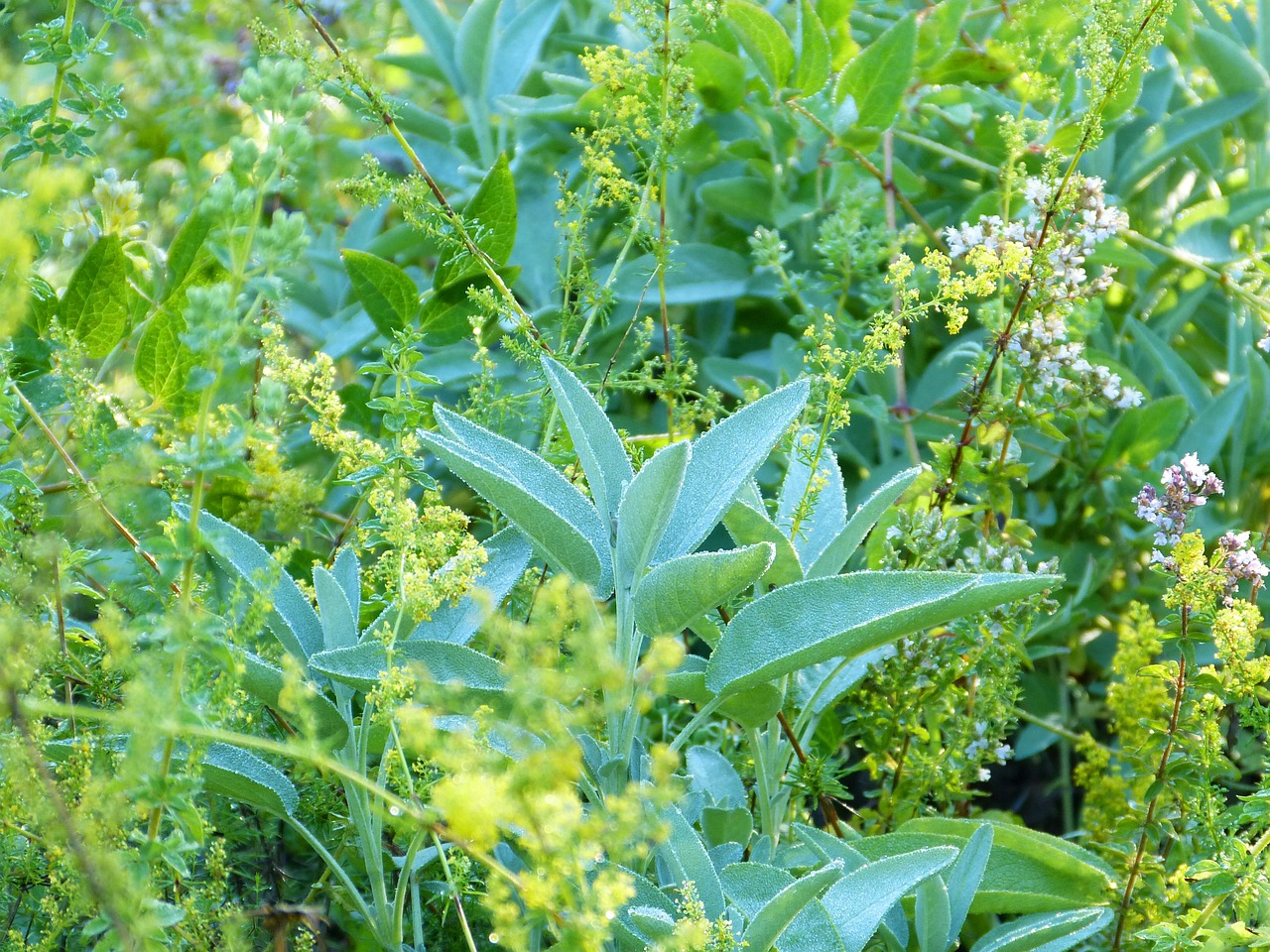
What Herbs Can Be Planted Together?
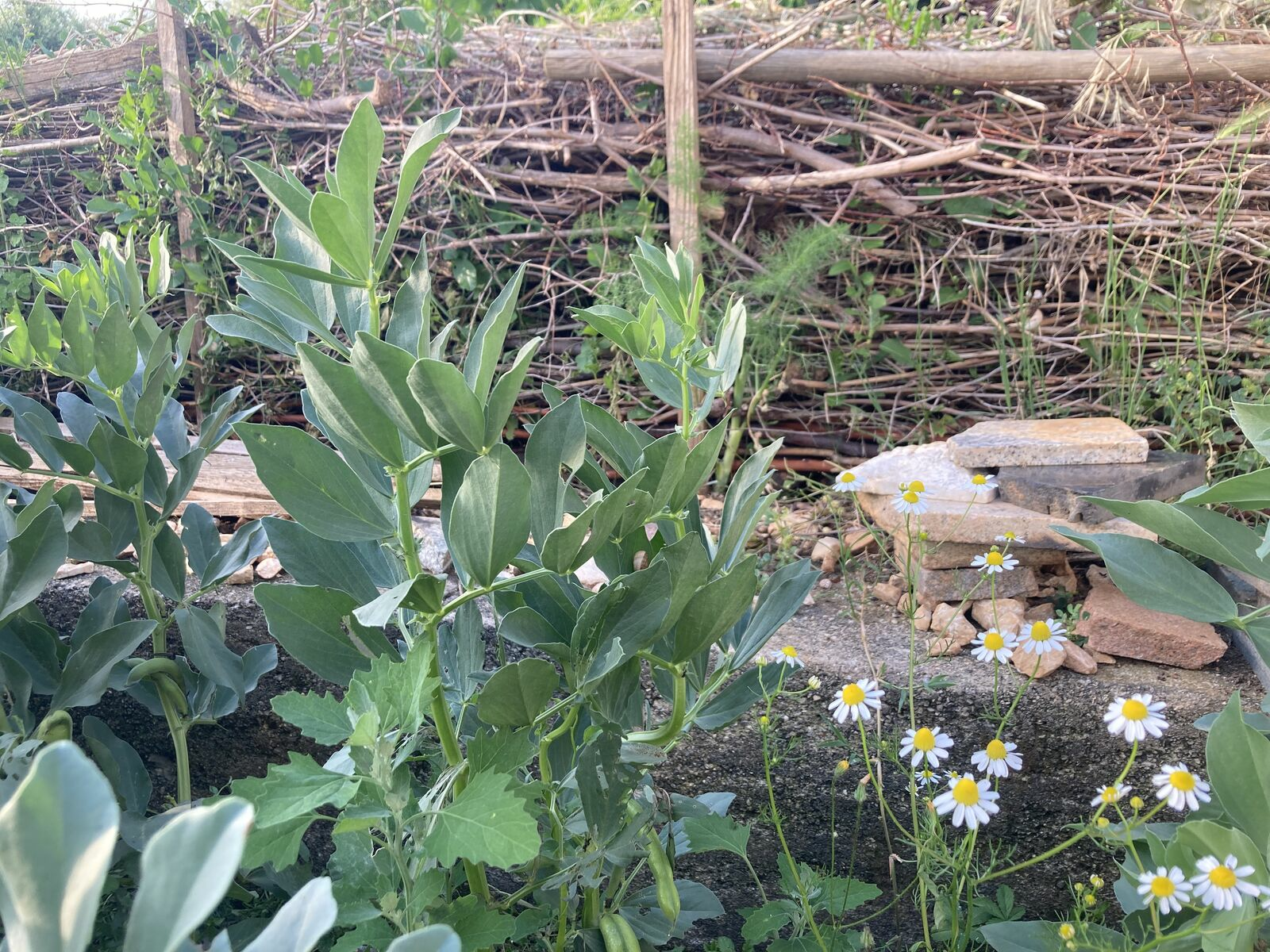
Create & Design a Permaculture Garden
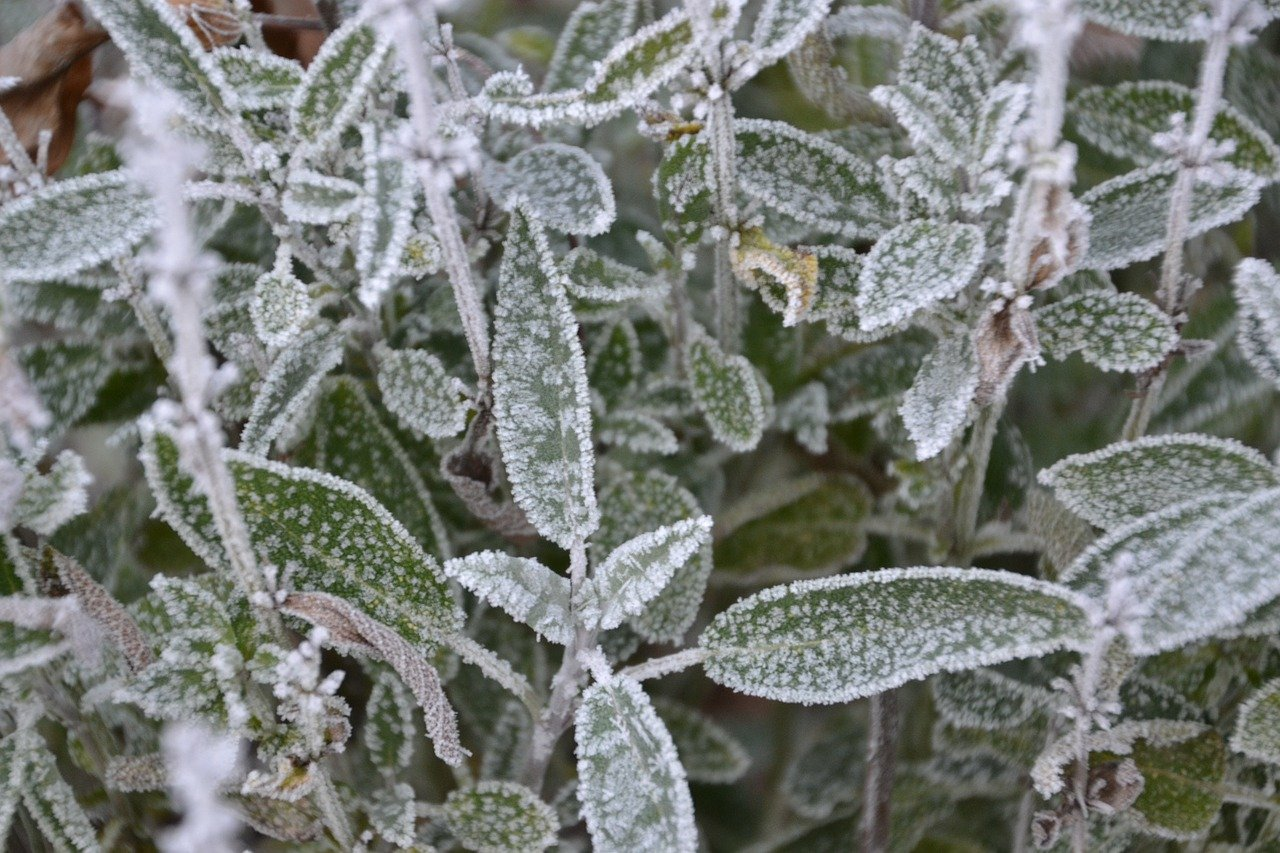
Overwintering Plants: Tubs, Pots and Raised Beds

Pruning, Fertilizing & Propagating Currants: Care Tips

Pruning Raspberries: How to Do It
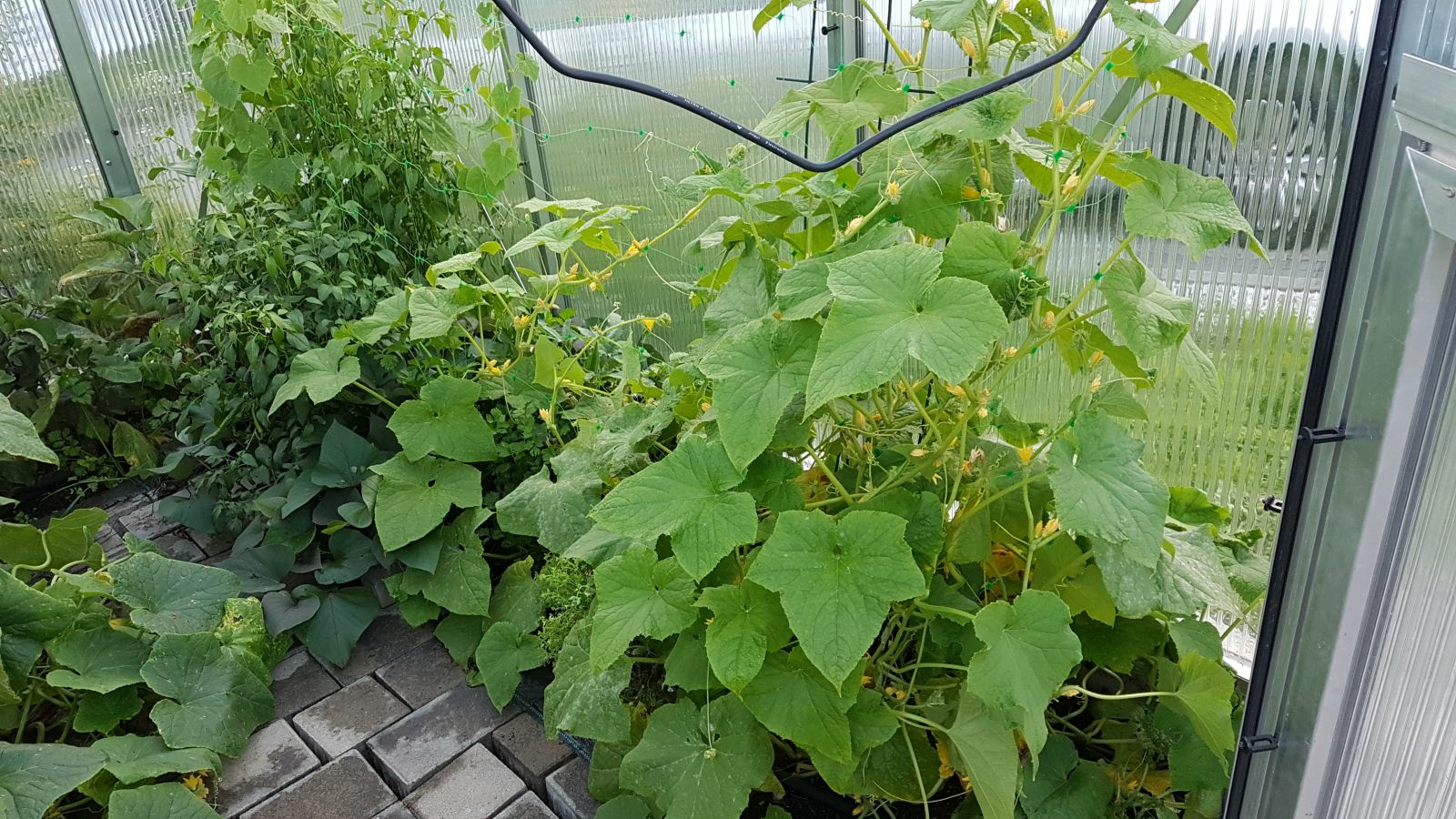
Vegetable Garden With Greenhouse: How to Use Greenhouse Effect
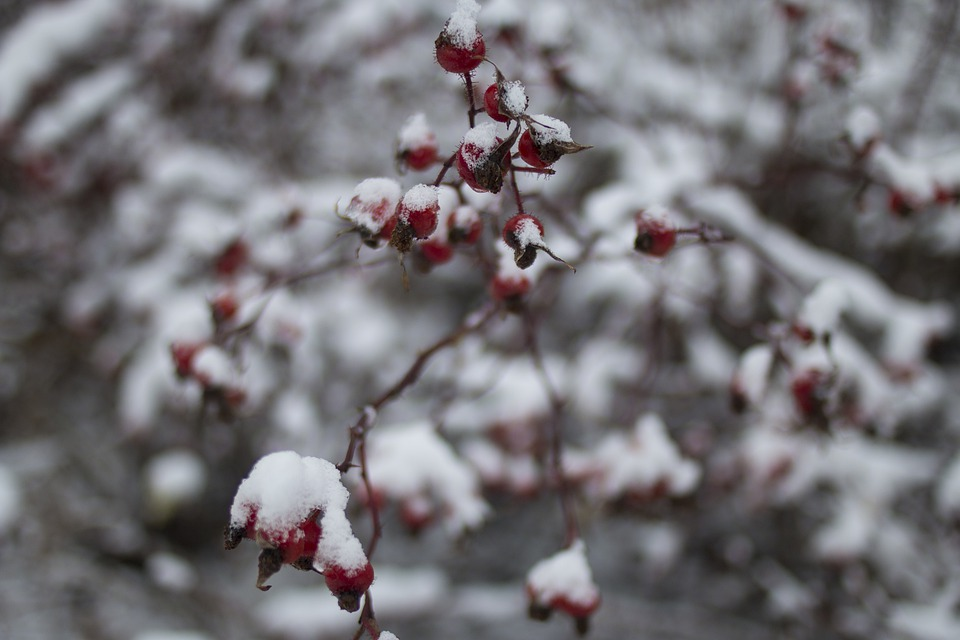
Winterizing Beds and the Garden: How to Do It
FAQ
When is the best time to harvest pumpkins?
Pumpkins are usually ready to harvest between September and October. A ripe pumpkin has a woody, brown stem and sounds hollow when you knock on it.
How can you tell when a pumpkin is ripe?
A ripe pumpkin shows a variety-specific coloration and has a woody, brown-colored stem. A hollow sound when tapped is also an indication of ripeness.
After harvesting, pumpkins should be left to dry for 2-3 days in a warm, dry place. Cool, well-ventilated rooms with temperatures between 10 - 15 °C/50 - 59 ° F are suitable for longer storage.
How long can I store pumpkins?
Depending on the variety, pumpkins can be stored for between 3 and 6 months, provided they are not damaged and are stored correctly.